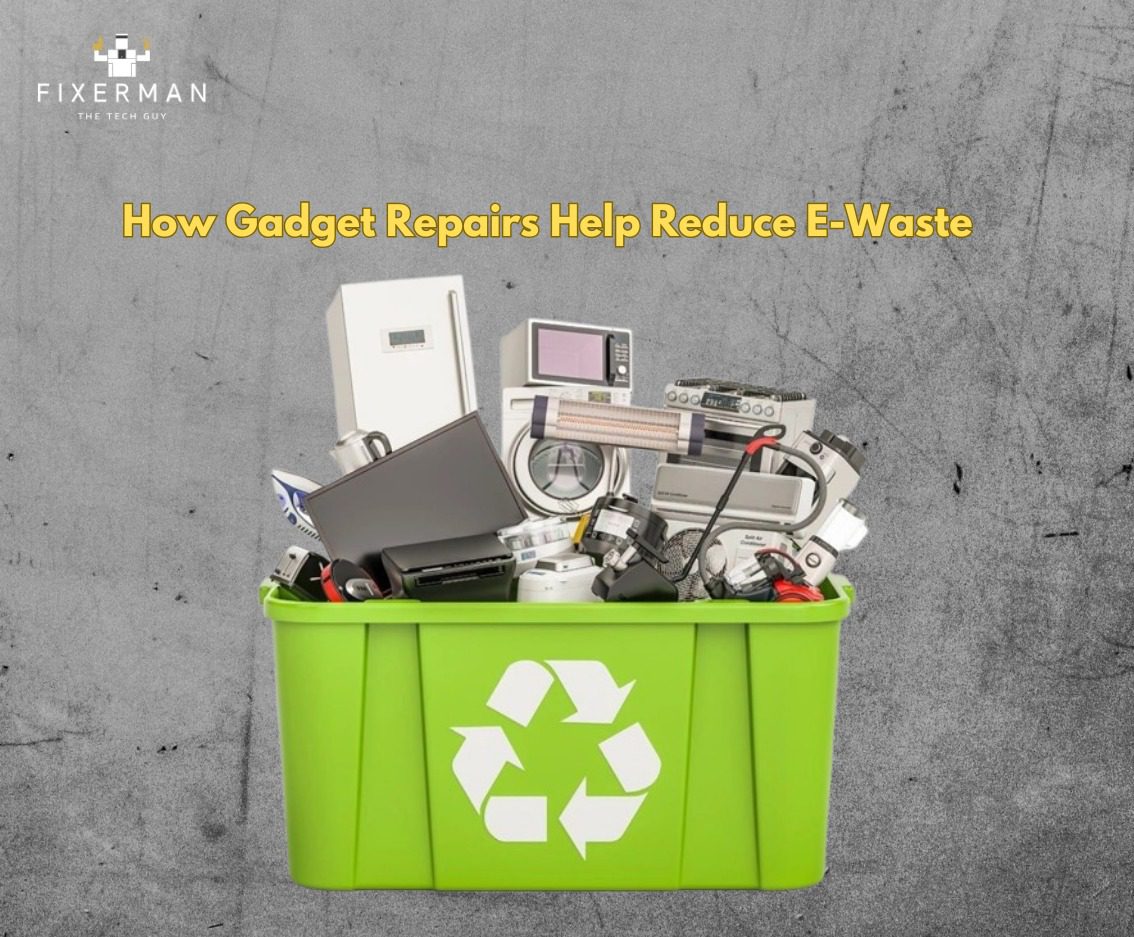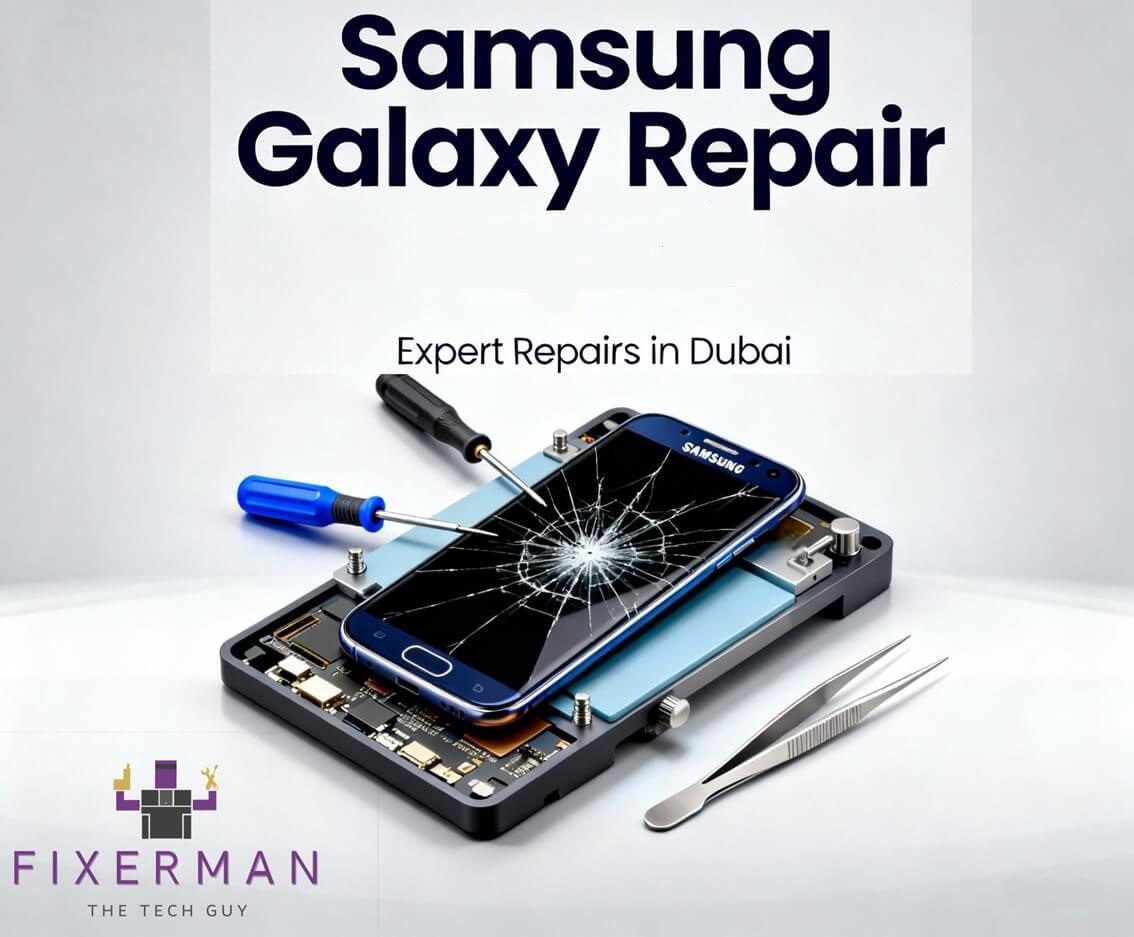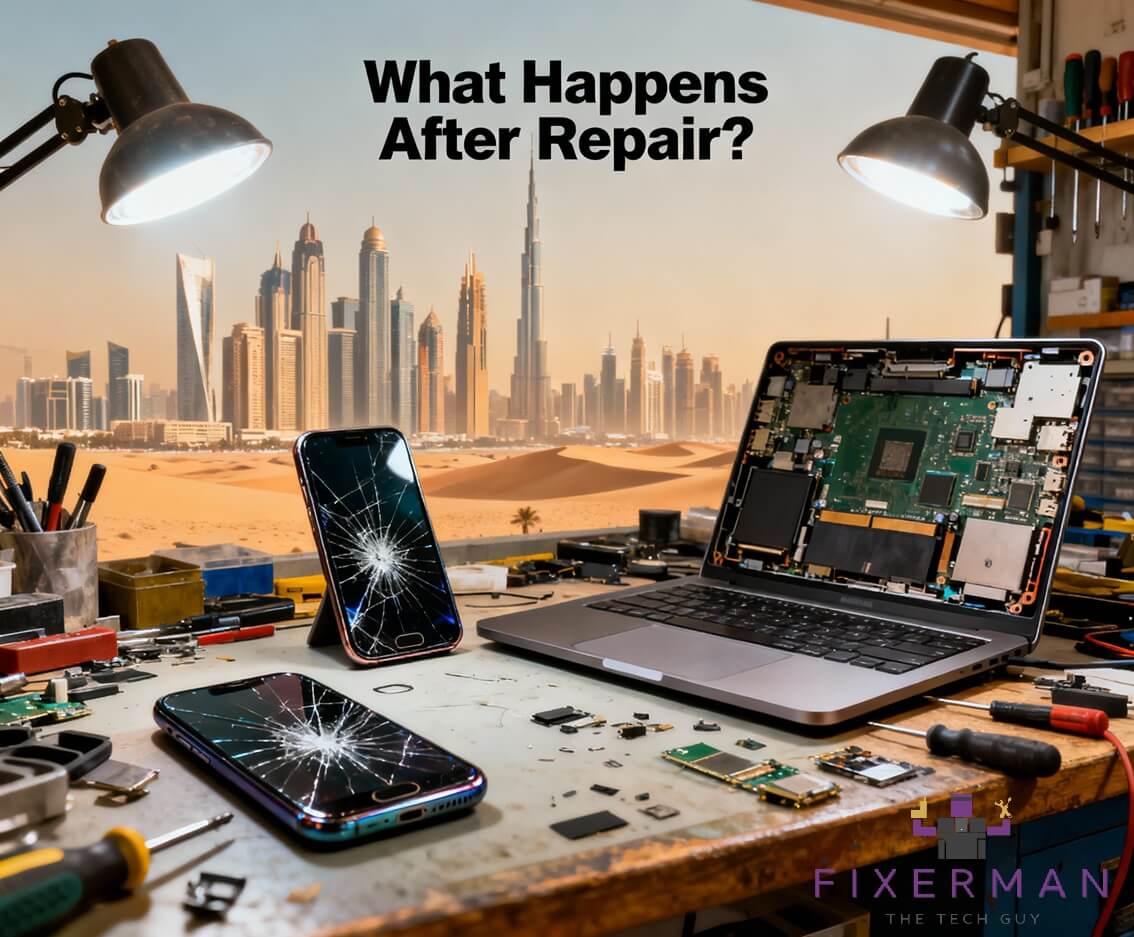In this fast-paced, intricately interlinked digital world, many gadgets have become part and parcel of our daily activities. Today, smartphones, laptops, tablets, gaming consoles, and with every new technology, upgrades are taking place so fast, thus bringing an onslaught of electronic waste. However, with gadget repairs, users can easily tackle this growing problem. Not only does it save money, but it can lengthen the life of electronic gadgets and, in so doing, save the environment from a lot of pollution that would otherwise have been caused by discarded electronic gadgets.
The Increasing Issue of E-waste
E-waste is the waste formed by any electronic device which is thrown out of a house because it no longer functions or is no longer usable. According to the Global E-waste Monitor, this passing year, about 53.6 metric tons of e-waste were generated in the world, and about 17.4% among them were recycled. The useless electronic waste disposal gives rise to very serious environmental pollution and health hazard. Most of these devices contain toxic substances like lead, mercury, and cadmium that poison the soil and water and in turn get into the food chain to affect both wildlife and human beings.
The Contribution of Gadget Repairs in the Reduction of E-waste
1. Increasing the Life Span of Devices.
Usually, one of the main ways in which e-waste is reduced by gadget repairs is through the extension of usability of devices. If a smartphone has a broken screen and a laptop has a faulty battery, a user cannot simply replace them, but it is possible to repair them. This allows the users to continue utilizing their gadgets for a longer time, thereby postponing the replacement.
2. Lessening Demand for New Goods
The raw material, energy, and water necessary for the production of new electrical products are impressive. For example, a mine produces gold, lithium, and rare earth elements for manufacturing new products that do damage to the environment. Harm is caused not only during mining but also in production. Toxic greenhouse gases are emitted to manufacture these products. If a consumer repairs his/her gadget instead of buying a new one, he/she decreases the demand for such new products, and the consumer thus indirectly saves the environment.
3. Minimizing Land Waste
Most electronic devices take millions of years to decompose and landfills house significantly many discarded gadgets. Unhygienic disposal of electronics discharges harmful chemicals and poisons the air, water, and soil. Repairs keep devices in circulation longer, ensuring that fewer electronics contribute to pollution and consequently make up less landfill waste.
4. Promoting a Circular Economy
Gadget repairs promote a circular economy because it focuses on reuse rather than disposal. Circularity means eliminating waste, reusing materials, and recycling components. Consequently, repair services provide a much wider life to products and materials, an increase in efficiency for utilizing resources less waste, and a maximizing of resources.
5. Reduce Carbon Footprint
On average, new electronic devices supply large carbon footprints based on the production methods employed, which with lots of energy intensive processes. Repairing rather than buying a device cuts down an individual’s contribution to carbon emissions. A study conducted by European Environmental Bureau (EEB) showed that as little as extending a smartphone’s life by one year could save 2.1 million metric tons of CO2 emissions annually in Europe alone.
Popular Repairs That Contribute to the Reduction of E-Waste
Electronic toys can be repaired and not thrown away within that exclamation window, as they still can be functional years down the line. Below are just a few of the major electronic gadget repairs that can significantly reduce e-waste.
• Screen Repairs: A broken screen is one of the most popular reasons for people requesting a new smartphone. Putting the restoration of activity economics into the mix, however, work based on busted screens becomes humble in scale.
• Battery Replacement: Usually, people discard their devices when the battery fails to stay charged. The battery replacement could make a device function well again.
• Laptop Keyboard Touchpad Repair: Replacing a laptop keyboard or touchpad is sometimes not as necessary as getting it repaired.
• Charging Port Repairs: A broken port for charging stops the functioning of any device; however, charging port repairs are pretty easy.
• Software Fix: Most problems are software related and not hardware malfunctions. Most common issues just need a software patch or reset.
Barriers to Promoting Available Repair Instead of Replacement
Despite the alternatives on offer, repair becomes a challenge due to:
• Costly Repairs: Some repairs are very expensive which hence makes a replacement a better option.
• Unavailability of Many Spare Parts: Some manufacturers do not allow access to spare parts, thereby rendering repair costly and difficult.
• Planned Obsolescence. Some devices are generally designed to a limited life span, thus making their repairs uneconomical in favor of replacement.
• Lack of Awareness: Most users are quite oblivious to the repair options available to them and end up believing that only replacements are a solution to their problems.
The Role of Right to Repair Movement
The Right to Repair movement is one of the emerging initiatives around the world that support the necessity for laws enacted by states obligating manufacturers to provide consumers and independent repair shops access to tools, parts, and manuals required to fix a device. Placed most prominently out of its home country in the United States, this initiative has also found its way into the European Union and Australia with all the action happening on governmental level grounds pushing for legislative fairness in repair access.
Ways in Which Consumers May Help in the Reduction of E-waste by Repair
If you have a commitment to playing your own part in the reduction of e-waste, here are some simple ways to do so:
1. Select Repairs Over Replacements: Before trashing a device, ensure it is checked.
2. Encourage Repairers: Prefer local or independent repair businesses in promoting sustainability.
3. Learn Basic Repairs: Some repairs, like a battery replacement on a phone, or RAM upgrade on a laptop, can be done at home with the right tools.
4. Buy Repairable Gadgets: Choose among new electronics those whose brands are sympathetic to and supply spare parts for repair.
5. Advocate for the Right to Repair: Support policies that make the repair process more accessible and affordable.
Conclusion
Repairing electronics is one of the most important steps for reducing the amount of e-waste produced, extending the lives of devices, reducing waste in landfills, and lowering carbon footprints. While the cost of repair and planned obsolescence present challenges, advocating for repair services and the Right to Repair holds the promise of a greener and much more sustainable future. Informed choices determined to save money and do good in the environment are also available to consumers. Let us all join the fight against e-waste towards a greener Earth by redeeming instead of replacing.










